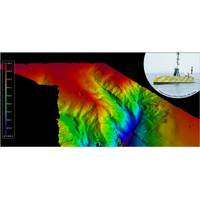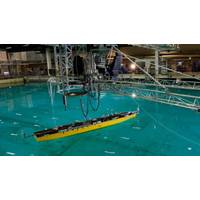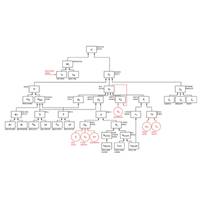
Teledyne CARIS AI Software Used in Uncrewed Offshore Survey
quality control of the data from various ‘work-from-home locations’ around the world.The SEA-KIT USV surveyed a predominately unsurveyed area at the southwestern edge of the U.K. Continental shelf. The image displays the initial results following a fully automated processing workflow. Final processing is currently being completed using CARIS HIPS software to produce the final deliverable for the survey.The success of the Teledyne CARIS tools in the UTAS project demonstrates its software capabilities to support uncrewed surveys in the future and the crucial role it will play in The Nippon

Higher Learning & SINTEF’s Existential Rise
;s decades old pump makers “scaled up” to produce space-age, valve-dense tools to get the most oil and gas out of offshore reservoirs.Flow assurance has been key. SINTEF expertise helped engineer the removal of things like frosted hydrates (or slugs) from gas and oil on its way to final processing. Decades of research have given birth to the Nyhamna and Hammerfest gas plants’ “slug catchers”, the landfall of angular pipes bearing multiphase gas from remote and arctic offshore fields.Thirty years of research into flow assurance yielded a host of large and small innovations

Seamless Hydrographic Workflow: Processing Evolved
their associated workflows still provide challenges for even the most experienced users. While software generally keeps pace with the advancements in hardware and processing methods, many of the frustrations are present because human operators must connect all the pieces together to come up with a final processing solution (Beaudoin, 2017). A paradigm shift is currently underway to isolate the human error in the modern day hydrographic workflow while maximizing advancements in computing technology to automate the mundane, error prone tasks. Uncertainty To obtain a single, accurate data point

Cubility Launches CubeLink
existing technology utilized in food processing and commercialized by Cubility and Ellegaard Components A/S with support from Statoil, CubeLink safely and cost-effectively transports drilling waste directly from shale shakers or Cubility’s own MudCube solids control system to a storage unit or final processing unit on a drilling rig. The system is targeted at onshore and offshore drilling contractors and oil companies who are looking to make their rigs more efficient in handling cuttings (particularly dry cutting), facilitate the transportation of cuttings from their drilling facilities
PGS : Building Further Success in Newfoundland, Labrador
supported by Nalcor Energy. Pre-processing of the initial GeoStreamer signal was carried out by PGS onboard the vessel following which TGS will perform data processing in their Houston office. A fast track pre stack time migrated volume will be available for license before the end of the year with final processing scheduled to be completed in Q2 2016. In addition to the 3D MultiClient programs, the Atlantic Explorer and Sanco Spirit continued to build on the JV's existing MultiClient 2D library offshore Newfoundland and Labrador by acquiring more than 27 000 line kilometers of 2D GeoStreamer


 February 2025
February 2025





